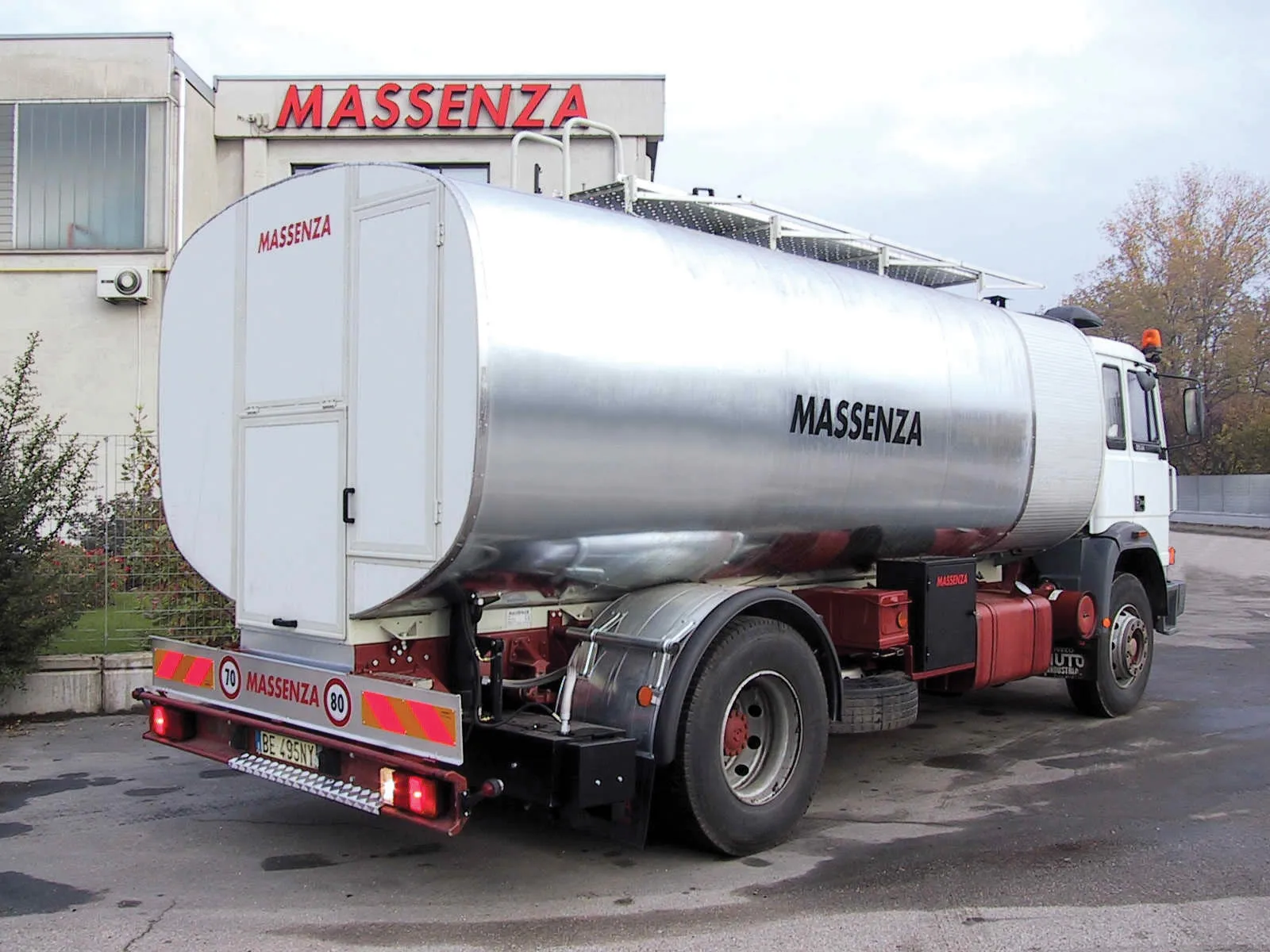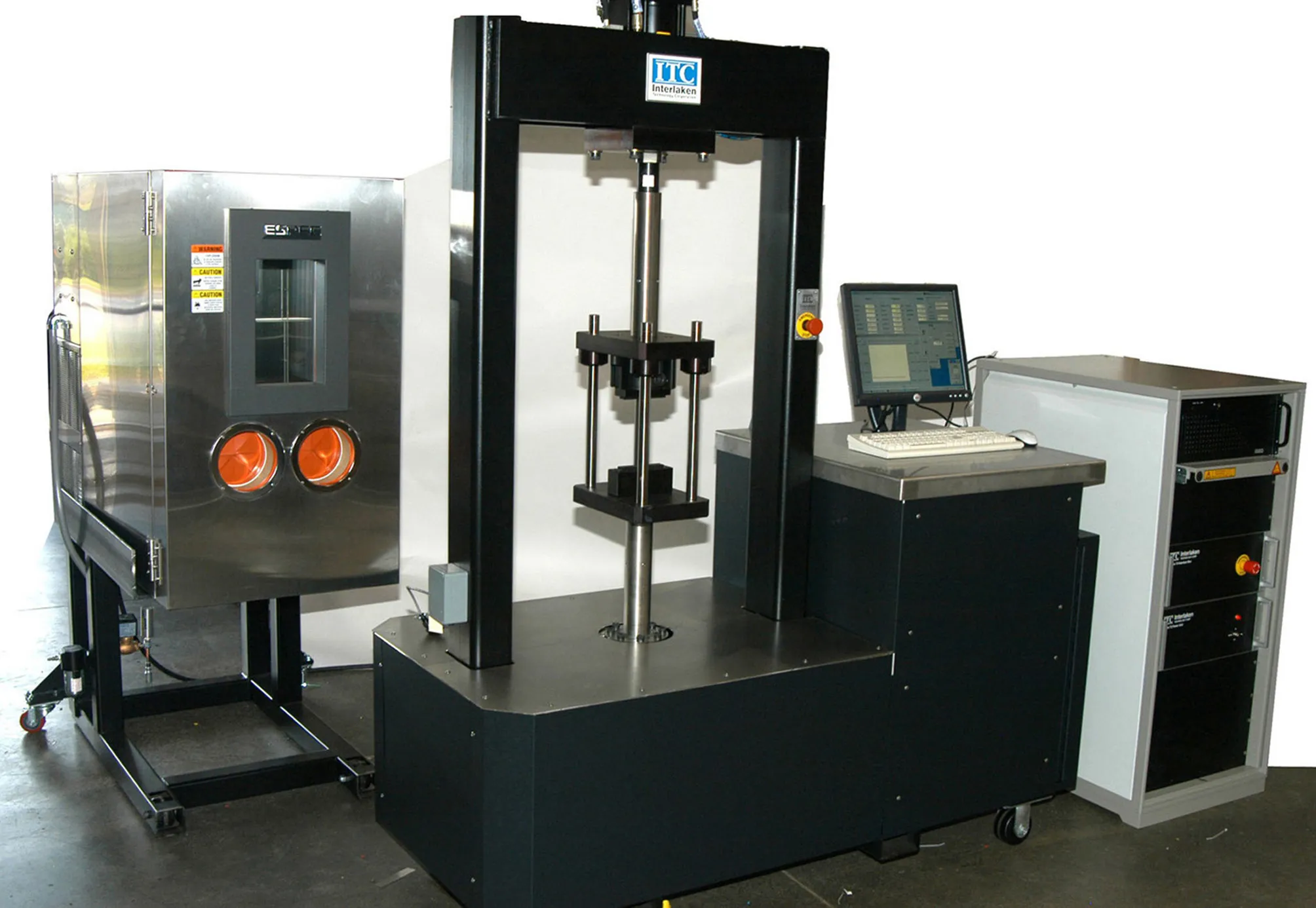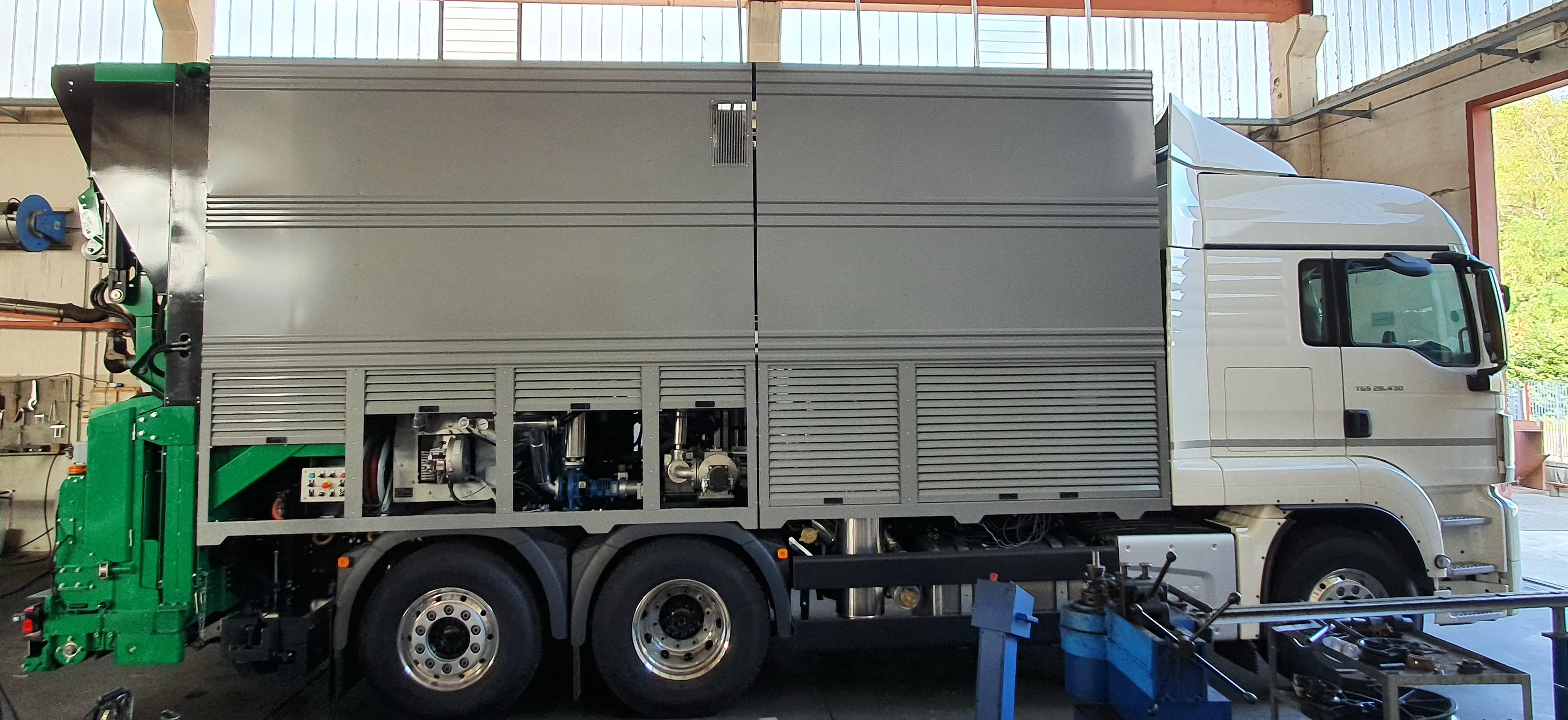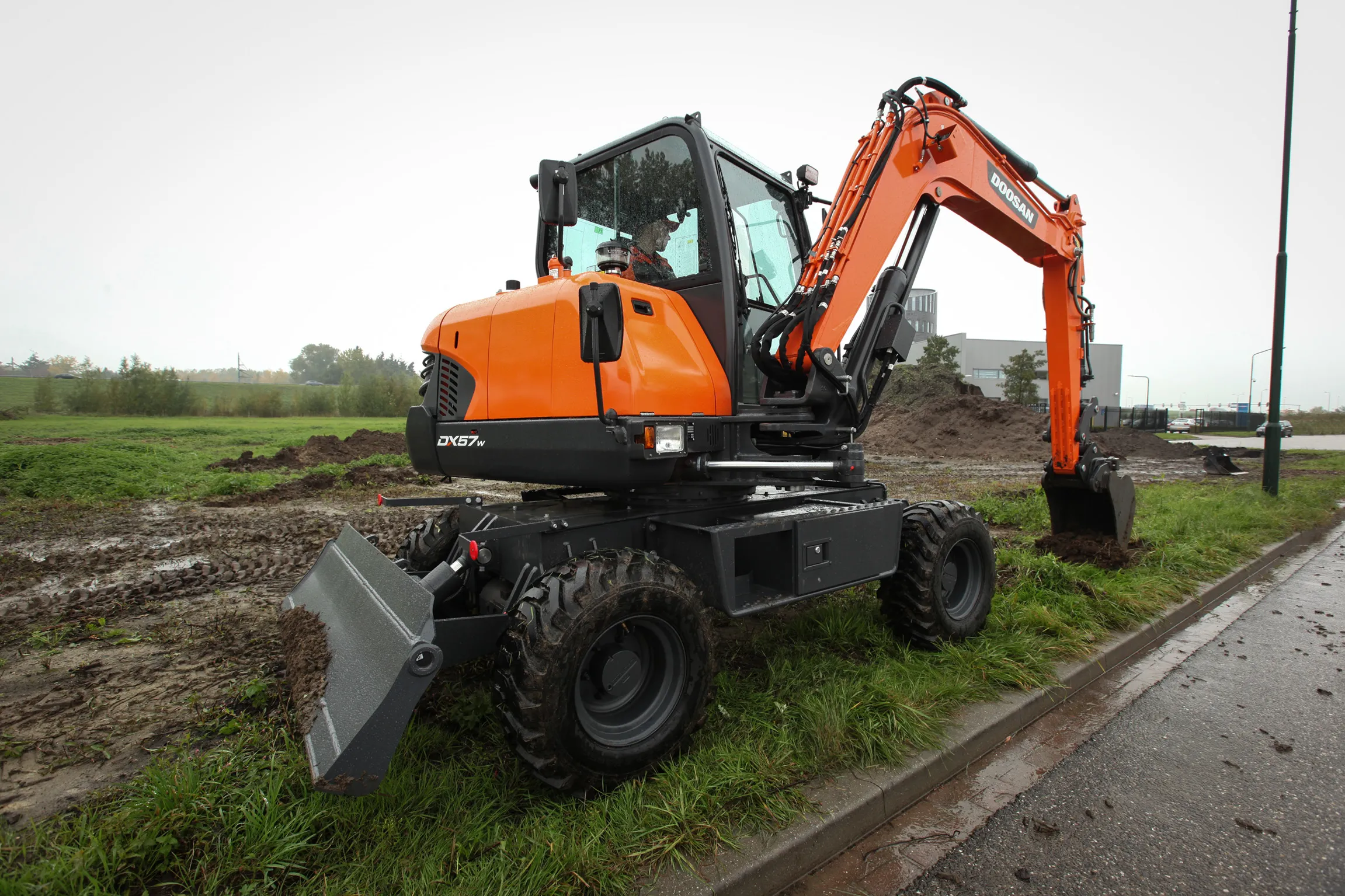MASSENZA, which manufactures bitumen handling equipment for worldwide export, is offering the latest and more advanced model of emulsion spraying tank, which has already received "very positive feedback from many contractors." This state-of-the-art unit is equipped with a small hot oil heater completely designed by MASSENZA, and this allows for a more gentle heating up of bituminous product inside the tanks, avoiding emulsion settlement and piping clogging problems (which could be there if direct flame burn
February 15, 2012
Read time: 2 mins

The equipment installed on the unit, such as a thermal oil pump, emulsion pump and spray bar, is all managed by a hydraulic system, which is made available by a powerful water-cooled diesel engine. In particular, the spray bar is hydraulically extendable up to 4m wide, with pneumatic opening of all single nozzle and hydraulic height adjustment.
The unit is controlled by the driver: inside the cab an easy-to-use computer is installed for monitoring and the automatic adjustment of spraying pressure to get a constant product rate on the road (historic productions record are also available). An additional control panel is manages burner, pneumatic valves and pumps.
An external covering following the tank shape protects the equipment from dust, rain or spraying foam and easy access for maintenance and inspection is provided on the back side of the tank with lateral windows on both side of tanks, close to the truck's cab.
The unit on show has been sold to Italian contractor WIPPTALER BAU.









